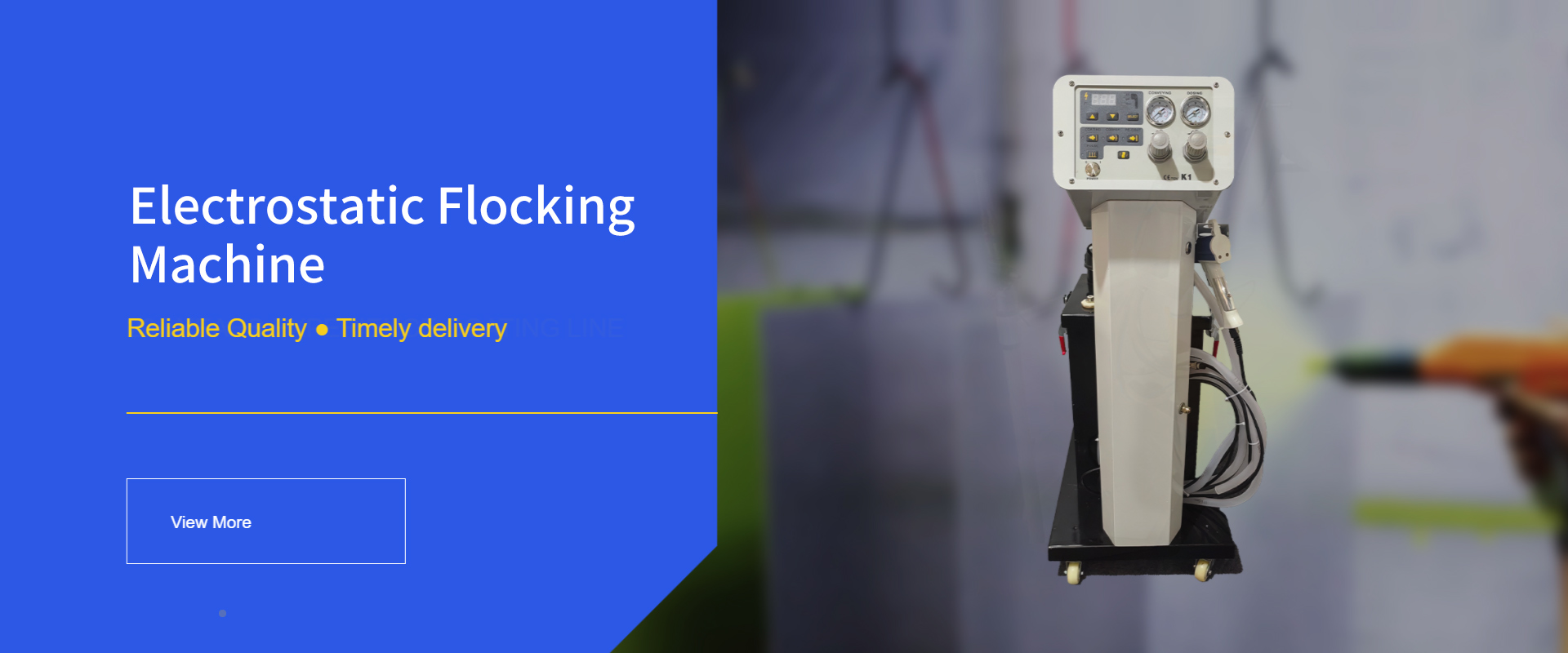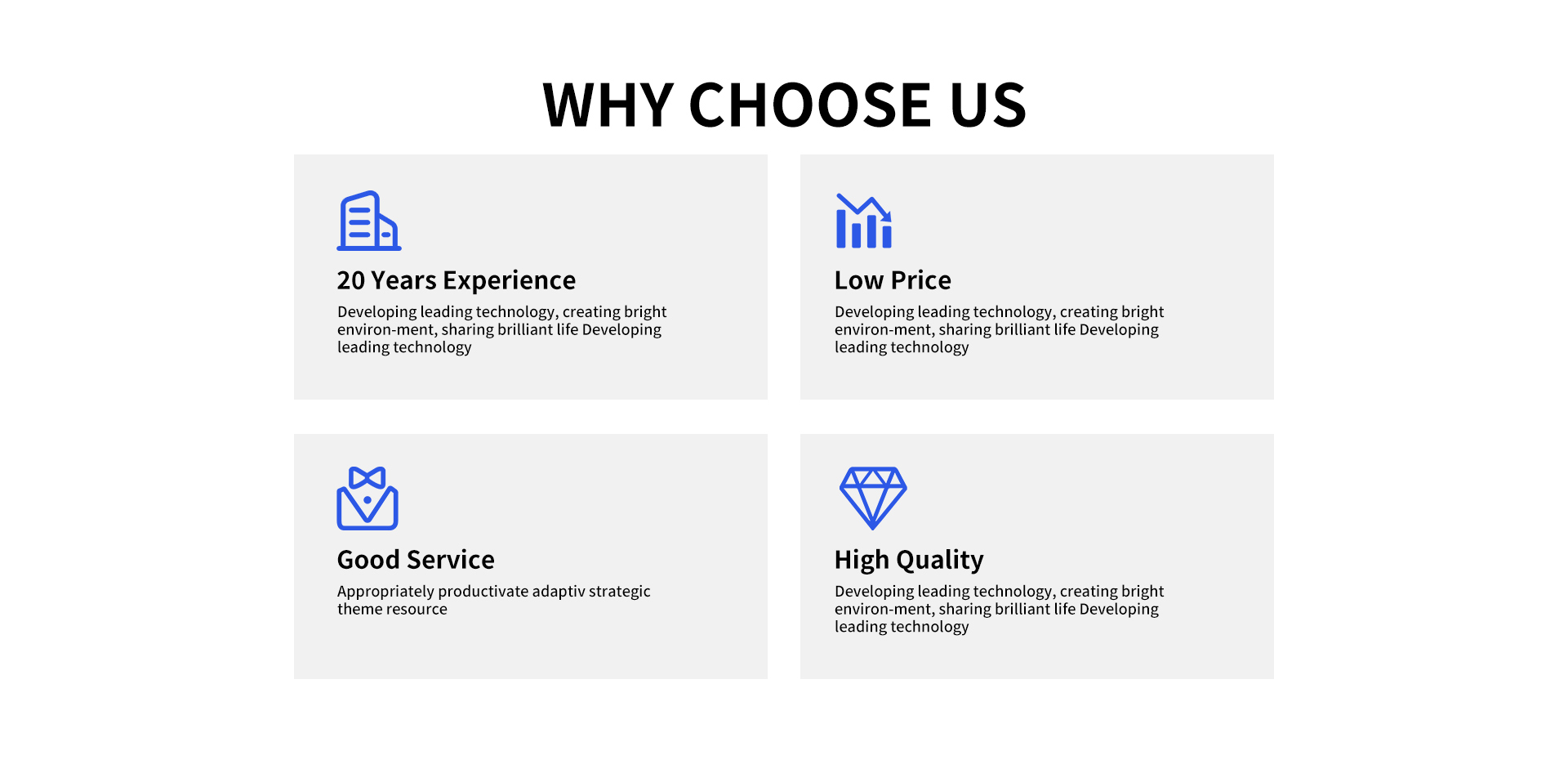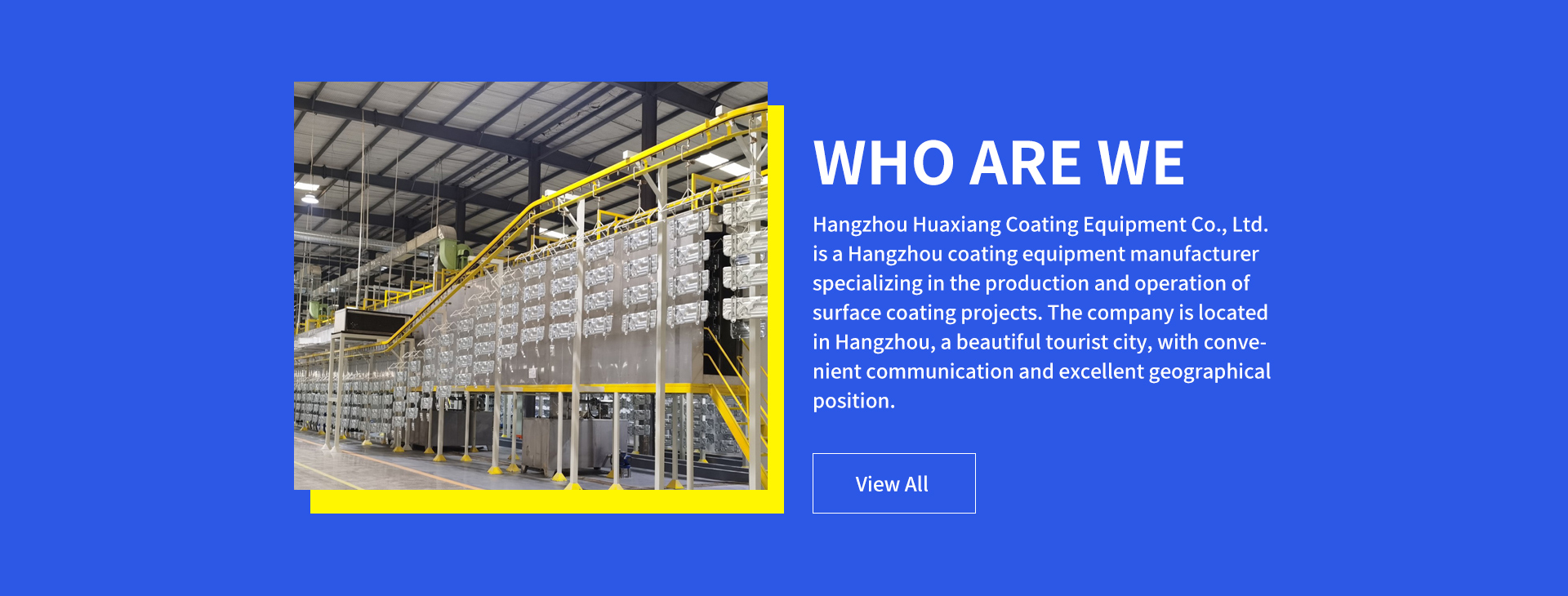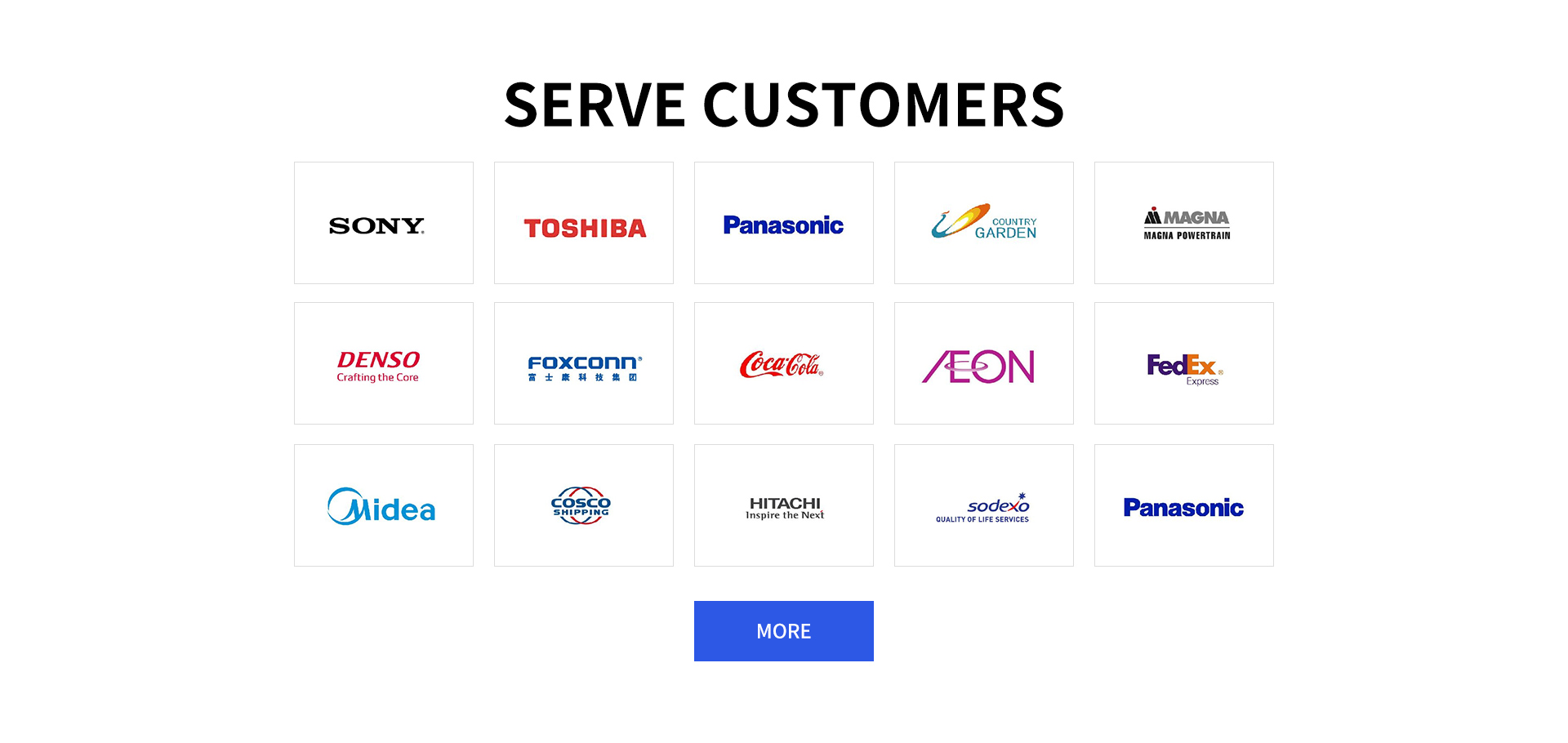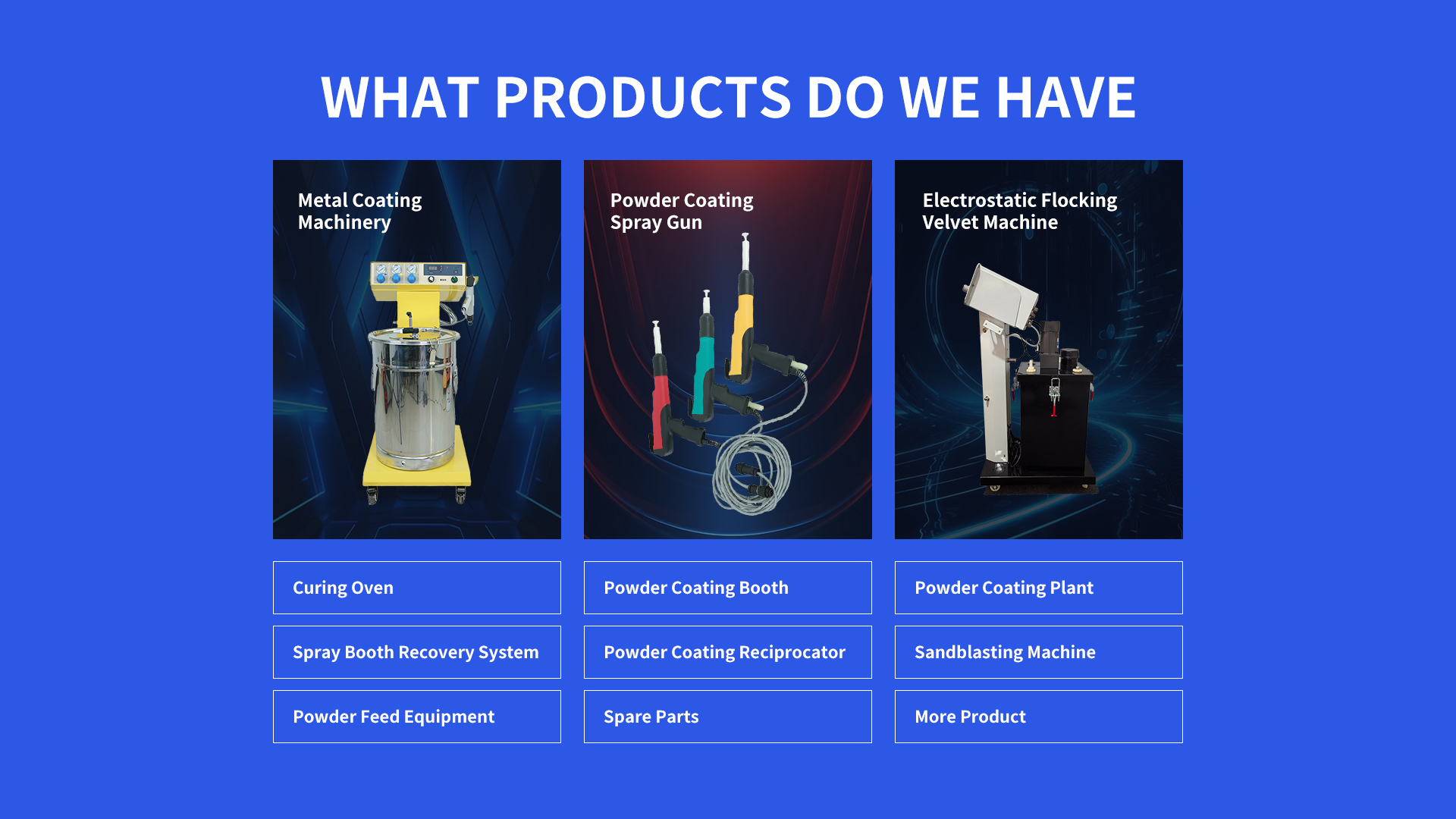How To Navigate an Automatic Metal Parts Powder Coating Line
The Automatic Metal Parts Powder Coating Line meets high demand across manufacturing sectors. It serves automotive, electronics, and industrial equipment industries. Prices range from (40,000 for basic setups to )600,000+ for advanced, high - capacity systems. Key cost factors include automation level, conveyor speed, and curing oven technology.
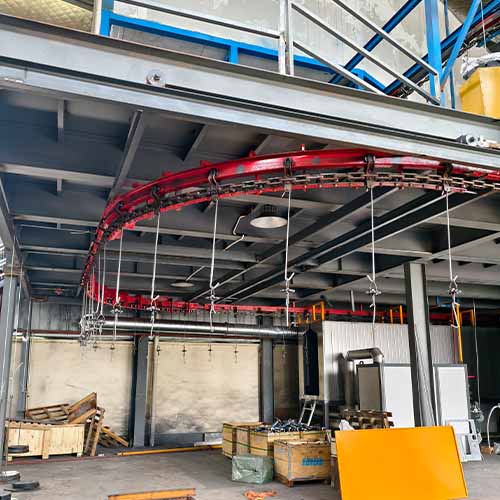
Automatic Metal Parts Powder Coating Line: Coating Projects Overview
Automatic Metal Parts Powder Coating Line excels in diverse industrial applications. In automotive manufacturing, it coats engine brackets, suspension components, and exhaust systems, providing corrosion resistance for underbody parts. Electronics manufacturers use it for metal enclosures of servers and medical devices, ensuring electromagnetic shielding and aesthetic finishes. Industrial machinery producers apply it to heavy - duty frames and gears, enhancing wear resistance in harsh operational environments.
Automatic Metal Parts Powder Coating Line: Surface Treatment Technology
The surface treatment process in
Automatic Metal Parts Powder Coating Line starts with multi - stage pre - treatment. Metal parts undergo degreasing via alkaline baths to remove lubricants, followed by acid etching to create a micro - rough surface for improved adhesion. Electrostatic spraying follows, where powder particles charged by corona discharge adhere to grounded parts. Finally, parts enter a convection curing oven, where heat fuses the powder into a uniform, cross - linked polymer layer at temperatures between 180 - 220°C.
Automatic Metal Parts Powder Coating Line: What Is It?
An
Automatic Metal Parts Powder Coating Line is an integrated automated system for mass - producing powder - coated metal components. It combines pre - treatment stations, an electrostatic spraying booth, a curing oven, and a conveyor network. Programmable logic controllers (PLCs) manage process parameters like spray gun trajectory, powder flow rate, and oven temperature, enabling consistent, high - quality finishes with minimal manual intervention.
Automatic Metal Parts Powder Coating Line: Key Components
Overhead Conveyor System: This component transports parts through the line via an overhead rail system. Modular designs allow adjustable hook spacing and speed (0.5 - 5 m/min), suitable for batch or continuous production. Anti - static coatings on conveyor hooks prevent powder build - up.
Reciprocating Spray System: Automated robotic arms equipped with electrostatic spray guns move in programmed patterns. High - transfer - efficiency guns (90%+ powder utilization) feature adjustable fluidization and voltage settings (40 - 100 kV) for uniform coating on complex geometries.
Gas - Fired Curing Oven: Insulated ovens with forced - air circulation maintain ±5°C temperature uniformity. Multi - zone heating allows precise curing profiles, with typical dwell times of 10 - 20 minutes. Exhaust systems remove volatile compounds safely.
Automatic Metal Parts Powder Coating Line: Core Advantages
Automatic Metal Parts Powder Coating Line delivers significant operational benefits. It achieves production speeds up to 10 times faster than manual systems, with some high - end lines processing 500+ parts per hour. The automated process reduces human error, leading to <1% defect rates compared to 8 - 12% in manual setups. Additionally, powder recycling systems in modern lines reclaim 85 - 95% of overspray, cutting material costs by up to 40%.
FAQs About Automatic Metal Parts Powder Coating Line
How To Optimize Powder Usage in Automatic Metal Parts Powder Coating Line?
To minimize powder waste in Automatic Metal Parts Powder Coating Line, start by calibrating the fluidization bed pressure (typically 0.5 - 1.5 bar) to prevent excessive powder agitation. Adjust the electrostatic voltage based on part geometry: use lower voltages (40 - 60 kV) for sharp edges to avoid corona discharge and higher voltages (80 - 100 kV) for flat surfaces. Implement a powder reclaim system with cartridge filters rated for 1 - 5 micron particles, which can recover up to 95% of overspray. Regularly clean the powder hopper to prevent moisture buildup, which causes clumping and inconsistent flow.
How To Troubleshoot Coating Thickness Variations in Automatic Metal Parts Powder Coating Line?
Inconsistent coating thickness in Automatic Metal Parts Powder Coating Line often stems from uneven powder deposition. First, verify the conveyor speed is consistent (variations >0.1 m/min can affect thickness). Check the spray gun nozzles for clogs—use compressed air (filtered to 0.01 micron) to clear debris. Calibrate the powder flow meter against the manufacturer’s specifications, ensuring the output matches (e.g., 100 - 300 g/min for standard guns). For complex parts, adjust the reciprocator speed and gun angle—angled guns (30 - 45°) improve coverage on recessed areas.
How To Perform Daily Maintenance on Automatic Metal Parts Powder Coating Line?
Daily maintenance for Automatic Metal Parts Powder Coating Line should include inspecting the conveyor chain tension—ideally, it should deflect 1 - 2 cm under moderate pressure. Clean the spray booth walls and floor with a conductive vacuum to remove powder buildup (static electricity can cause coating defects). Check the curing oven temperature probe accuracy using a handheld pyrometer (deviations >2°C require calibration). Lubricate the reciprocator joints with food - grade grease to prevent wear, and verify that all safety interlocks (e.g., door switches) function correctly.
How To Select the Right Conveyor Type for Automatic Metal Parts Powder Coating Line?
Choosing the conveyor for Automatic Metal Parts Powder Coating Line depends on part weight and production layout. Overhead monorail conveyors suit parts under 50 kg, offering space - saving vertical transport with minimal floor footprint. For heavier components (50 - 500 kg), floor - mounted belt conveyors with anti - slip surfaces provide stable transport. In high - humidity environments, stainless steel conveyors resist corrosion, while powder - coated carbon steel works for dry settings. Consider future expansion—modular conveyor systems allow adding sections without major retooling.
How To Ensure Regulatory Compliance with Automatic Metal Parts Powder Coating Line?
To meet safety regulations with Automatic Metal Parts Powder Coating Line, install explosion - proof lighting and motors in the spray booth (rated for Zone 2 hazardous areas). Equip the curing oven with overtemperature protection that shuts off heating elements if temperatures exceed set limits by 15°C. Ventilation systems must maintain air exchange rates of 6 - 12 times per minute to keep powder concentrations below 50 g/m³. Regularly test the grounding system (resistance should be <1 ohm) to prevent static discharges. Train operators on OSHA - approved lockout/tagout procedures for maintenance.
Statement: Hangzhou Huaxiang Coating Equipment Co., Ltd Chinese Powder Coating Equipment facturers provide you with customized equipment for various types of Powder Coating Lines, Powder Coating Ovens, Powder Coating Booths,Powder Coating Guns, etc. For inquiries! Contact us at
Email: gezx@cncolourspray.com
WhatsApp: +86 13335812068

